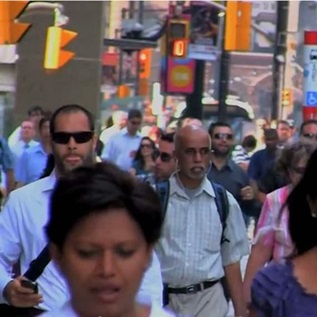Promoting Economic Mobility by Increasing Postsecondary Education
QUICK SUMMARY
This 2009 report found that many low-income students miss out on college because they don't have good information about how significantly financial aid can reduce the cost of tuition, and the process for obtaining aid is not as straightforward and timely as it could be.
Postsecondary education is a critical factor in promoting upward economic mobility, especially for poor and low-income individuals. However, while college enrollment has increased exponentially in the last several decades, the enrollment and graduation rates of poor and low-income students remain significantly behind those of their middle- and upper-income peers. "Promoting Economic Mobility By Increasing Postsecondary Education" outlined the educational attainment gap. The authors offered up several nonpartisan policy recommendations which, if implemented, would enable all students to pursue the American Dream through a college education.
Key Findings
- Returns to higher education make a college degree one of the most effective assets available for experiencing upward economic mobility.
- Postsecondary education boosts mobility particularly for those in the bottom of the income distribution.
- Low-income students enroll in and graduate from college at significantly lower rates than their middle- and upper-income classmates.
- Minority students, while making up ground, continue to lag behind whites in terms of college attainment.
- The federal financial aid process is both complex and cumbersome; the 127-question application takes 10 hours to complete. Students don't receive an estimated aid package until the spring of the student's senior year, which is often too late.
- Students lack good information about how significantly financial aid packages can reduce the cost of tuition.











